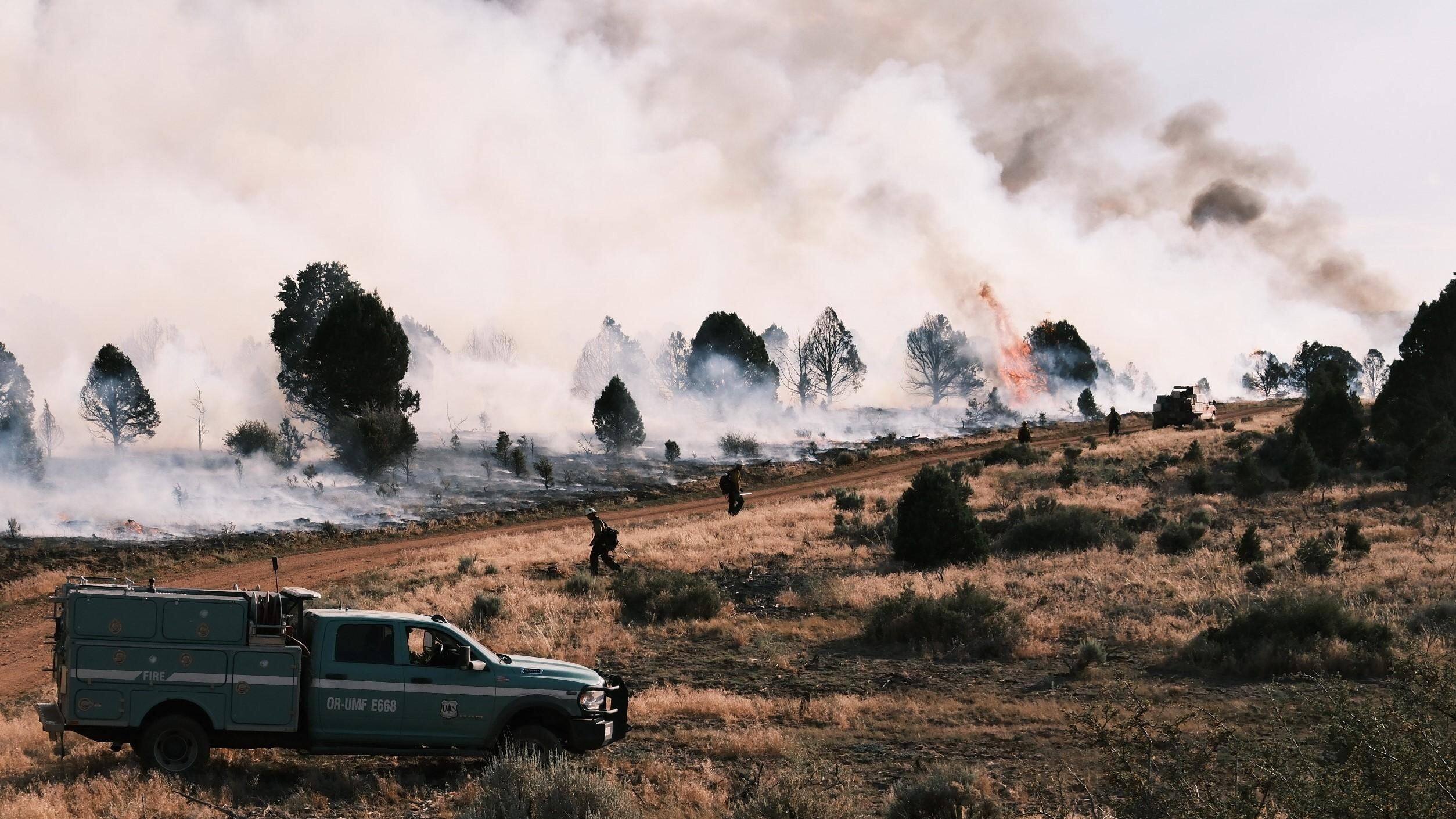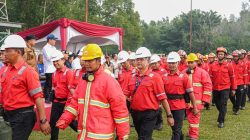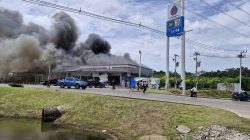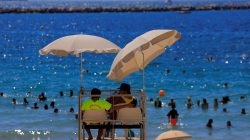Ongoing Wildfires in Northern Coconino County
Highway closures and evacuations continue as a wildfire burns across nearly 59,000 acres in far northern Coconino County. This fire is one of two major blazes currently raging near the northern rim of the Grand Canyon. As of July 23, the fire has grown to 58,980 acres, with 61% containment. Firefighters are making steady progress along the northern and eastern edges of the fire, while also addressing hot spots along the eastern containment line.
Since the fire ignited several weeks ago, crews have been working tirelessly to construct fire lines, secure hot spots, and perform mop-up work in the fire’s path. Their efforts include extinguishing or removing burning material to prevent further spread of the flames.
“Overall we got a bit of moisture,” said Jesse Trembly, deputy operations section chief for the Bureau of Land Management, during a recent operational update. “That really, really mellowed things out and knocked down the fire behavior. So we’re feeling really good.”
On July 13, Very Large Air Tankers (VLATs) and Single Engine Air Tankers (SEATs) dropped 179,597 gallons of fire retardant along the northern and southern perimeters to slow the spread. Officials reported that the containment line held well on the west side of the fire near its point of origin.
Forestry officials noted that extreme fire behavior pushed the fire southward across Highway 89A near House Rock Valley on that day, making it the most active edge of the incident.
The White Sage Fire
The White Sage Fire was sparked by lightning on the evening of July 9, about 15 miles southeast of Fredonia. This fire has been a significant concern for local authorities and residents alike.
Impact on the Grand Canyon Area
Nearby, the Dragon Bravo Fire destroyed approximately 70 buildings at the Grand Canyon’s northern rim, including a historic lodge, a water treatment plant, a visitor center, and a gas station. Grand Canyon officials stated that the wildfire forced the closure of visitor access to the North Rim through the end of the season.
Park officials previously evacuated around 500 guests on July 11 before ultimately forcing employees and residents to leave as well. A day earlier, a water treatment plant caught fire, releasing chlorine gas from the facility and prompting health concerns for those who remained in the inner canyon.
All river trips were instructed to bypass Phantom Ranch, according to the National Park Service. The North Kaibab Trail, Phantom Ranch, and the South Kaibab Trail remain closed until further notice.
Evacuation Orders and Road Closures
The Coconino County Sheriff’s Office has issued evacuation orders for the following areas:
- North boundary: Utah Border
- East boundary: House Rock Valley Road/Buffalo Ranch Road
- West boundary: Kaibab National Forest Boundary
- South boundary: Grand Canyon National Park
Southbound U.S. 89A is closed at state Route 389 in Fredonia, while northbound U.S. 89A is closed at U.S. 89 in Bitter Springs. The area around Jacob Lake and Lonesome was also evacuated, but residents were allowed to return on July 22 after the area was moved to “SET” status.
“A road closure is not a decision that is made lightly. We recognize the impact of closing off a highway, but keeping our firefighters and the public safe is our highest priority,” the BLM said.
For a detailed map of the affected areas, additional information can be found through official channels.
Community Response and Safety Measures
Local authorities emphasize the importance of safety and cooperation from residents and visitors. Evacuation orders and road closures are essential measures to protect lives and property. Residents in affected areas are advised to stay informed and follow all instructions from emergency management officials.
As the situation continues to evolve, updates will be provided to ensure the public remains aware of any changes to the fire’s status and the associated risks.







